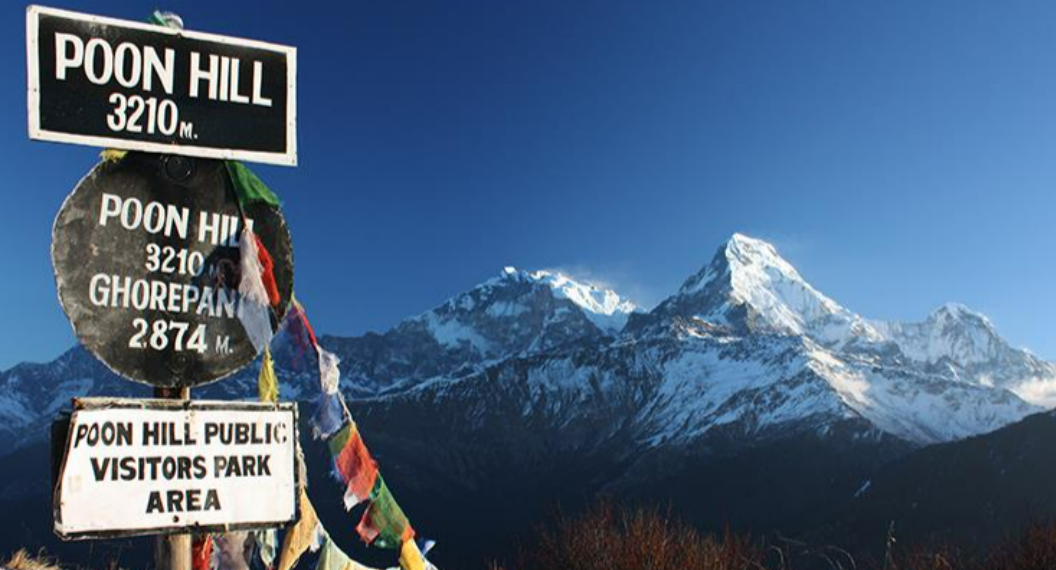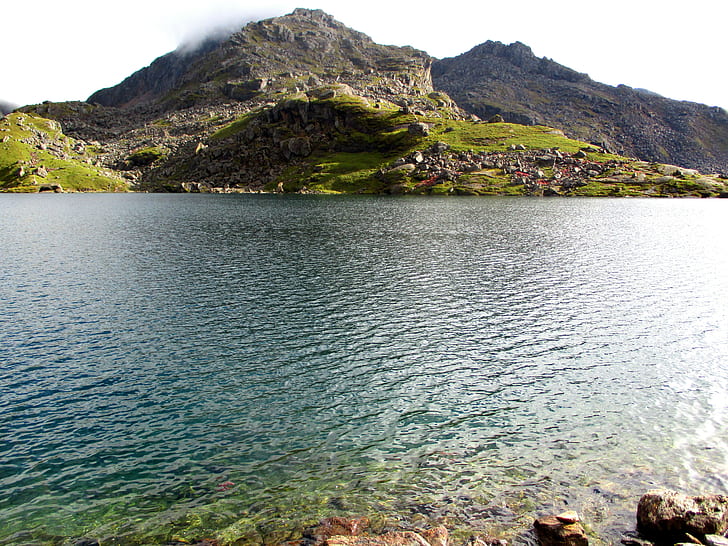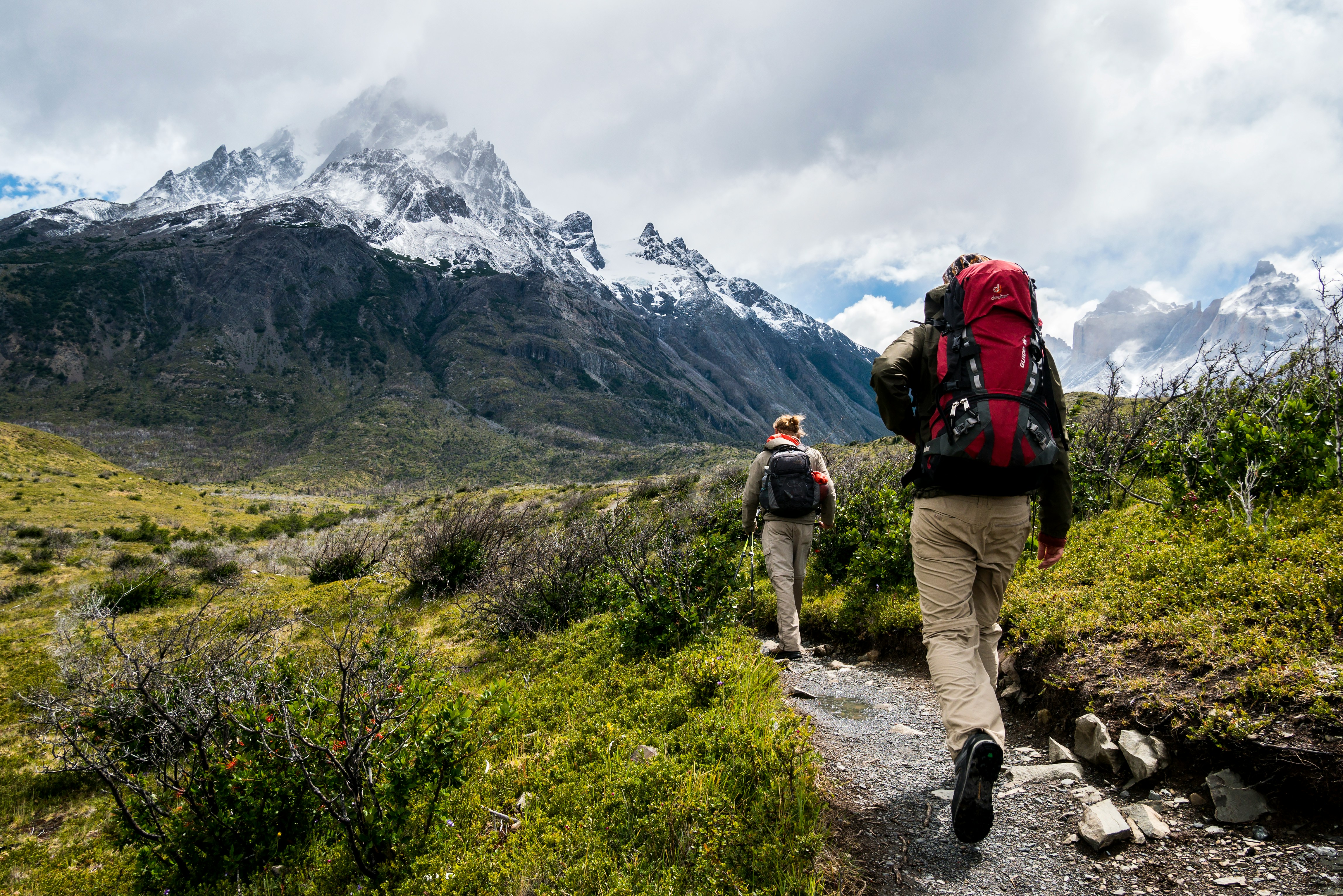Poon Hill Trek: A Perfect Short Himalayan Adventure in Nepal

Strong 8k brings an ultra-HD IPTV experience to your living room and your pocket.
The Poon Hill Trek, also known as the Ghorepani Poon Hill Trek, is one of Nepal’s most popular short treks. Ideal for beginners and experienced hikers alike, this route offers stunning Himalayan views, rich cultural encounters, and a relatively easy trail through the lower Annapurna region. It is the perfect choice for those looking for a rewarding trekking experience in Nepal without the need for extensive time, altitude acclimatization, or technical climbing.
In this blog, we’ll explore the complete guide to the Poon Hill Trek — including itinerary, highlights, best trekking seasons, physical requirements, permits, and essential travel tips.
Why Choose the Poon Hill Trek?
The Poon Hill Trek is known for its accessible trails, breathtaking sunrise views, and traditional villages nestled in the Annapurna foothills. Standing at 3,210 meters (10,531 feet), the viewpoint at Poon Hill offers panoramic vistas of some of the highest peaks in the world, including:
• Annapurna South
• Machapuchare (Fishtail)
• Dhaulagiri
• Nilgiri
• Hiunchuli
One of the key reasons travelers choose this trek is that it can be completed in 4 to 5 days, making it ideal for those with limited time or those looking to combine trekking with other activities in Nepal like cultural tours or wildlife safaris.
Poon Hill Trek Itinerary
Most Poon Hill treks begin and end in Pokhara, a lakeside city that serves as the gateway to the Annapurna region. Here’s a typical 5-day itinerary:
Day 1: Pokhara to Nayapul, then trek to Tikhedhunga or Ulleri
A short drive to Nayapul followed by a trek through rice terraces and small villages to reach Tikhedhunga or Ulleri.
Day 2: Trek to Ghorepani (2,874 meters)
The trail ascends through rhododendron forests and charming settlements, with beautiful mountain backdrops.
Day 3: Early morning hike to Poon Hill for sunrise, then trek to Tadapani
Start before dawn to catch the spectacular sunrise over the Annapurna and Dhaulagiri ranges from Poon Hill. Then trek through forested trails to Tadapani.
Day 4: Trek to Ghandruk (1,940 meters)
Descend to Ghandruk, one of the largest Gurung villages in the region, offering a rich cultural experience.
Day 5: Trek to Nayapul and drive back to Pokhara
The final leg of the trek descends to the road at Nayapul. A short drive returns you to Pokhara by the afternoon.
This route can be customized to be shorter or longer depending on your pace and interests.
Best Time to Trek Poon Hill
The best time to do the Poon Hill Trek is during spring (March to May) and autumn (September to November):
• Spring brings warmer weather and blooming rhododendron forests, making the trails exceptionally beautiful.
• Autumn is known for clear skies, cool temperatures, and excellent mountain visibility.
Winter (December to February) is also possible, especially for those seeking fewer crowds and snow-capped scenery. However, it can be colder at higher elevations. The monsoon season (June to August) is not ideal due to rain, leeches, and slippery trails.
Permits Required
To complete the Poon Hill Trek, you’ll need two permits:
1. Annapurna Conservation Area Permit (ACAP)
Cost: NPR 3,000 (approx. USD 25) for foreign nationals
2. TIMS Card (Trekkers’ Information Management System)
Cost: NPR 2,000 (approx. USD 15) for individual trekkers
These can be obtained in Kathmandu or Pokhara through authorized offices or through trekking agencies.
Physical Fitness and Difficulty Level
The Poon Hill Trek is categorized as an easy to moderate trek. There are a few steep ascents, especially the climb from Tikhedhunga to Ulleri (over 3,000 stone steps), but no prior trekking experience is necessary.
Trekkers should be in good health and capable of walking for 4 to 6 hours per day. With proper pacing and hydration, even first-time trekkers can complete the Poon Hill route comfortably.
Accommodation and Food
Accommodation along the Poon Hill Trek is in teahouses, which are basic lodges providing twin beds, warm blankets, and local meals. The teahouses offer a cozy atmosphere and are a great way to meet other trekkers.
Typical meals include:
• Dal Bhat (rice with lentils and vegetables)
• Noodles and soups
• Pancakes, eggs, and porridge for breakfast
• Tea, coffee, and bottled or purified water
Prices increase slightly as you gain elevation, but the food is nutritious and filling.
Cultural Highlights
One of the charms of the Poon Hill Trek is the opportunity to explore Gurung and Magar villages. Ghandruk, in particular, is known for its traditional stone houses, local museums, and cultural hospitality.
Trekking through these communities provides insight into rural Nepali life, and many teahouses are family-run, offering a welcoming atmosphere that enhances the trekking experience.
Essential Tips for the Poon Hill Trek
• Start early each day to enjoy cooler weather and clear mountain views.
• Carry cash (Nepali rupees), as ATMs are not available along the trail.
• Bring light trekking gear, including a warm jacket, raincoat, and trekking poles.
• Stay hydrated and take regular breaks to avoid fatigue.
• Respect local customs and dress modestly in villages.
Conclusion
The Poon Hill Trek is a short but incredibly rewarding Himalayan adventure that showcases the best of Nepal’s natural beauty and cultural richness. With panoramic sunrise views, welcoming villages, and accessible trails, it’s a must-do trek for anyone visiting Nepal.
Whether you're traveling solo, with family, or as part of a group, the Poon Hill Trek offers an unforgettable journey that requires minimal preparation but delivers maximum satisfaction.
Note: IndiBlogHub features both user-submitted and editorial content. We do not verify third-party contributions. Read our Disclaimer and Privacy Policyfor details.







